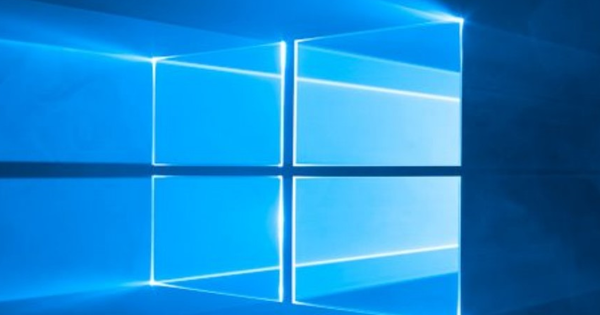7-Zip is of course best known as the free and versatile compression and decompression package for Windows. But you can also create strongly encrypted files with it.
It is full of tools to encrypt files. A considerable part of those helpers are of dubious origin. More practical and safer is to use a reliable tool that you may already have on your system: 7-Zip. Besides the fact that this program can extract a variety of compressed files, you can also create a very firmly encrypted 7-Zip archive in no time at all. In this time when governments are only too happy to collect data from citizens, and Google and the like are also eager to read along, this is no superfluous luxury. You create an encrypted 7-Zip archive in much the same way as a regular zip. The same options are also available. So you are not tied to one file, but you can also encrypt entire folders containing a lot of files. And compress at the same time, so double the fun.
To work
Launch Windows Explorer and browse to the folder containing the file (or files plus folders) you want to merge into a single encrypted and compressed file. Select this file (or the desired set) and then click on it with the right mouse button. If you have installed 7-Zip on your computer, you will see the option . in the context menu 7-Zip, choose the option below Add to archive. As the archive format (at the very top) choose preferably 7z. The trick also works with 'normal' zip files, but 7z is just a bit more exotic. And therefore even safer of course. If you do choose .zip, then it is important to find behind Coding method at the bottom right) for AES256 (check that with the 7z format, of course). The default ZipCrypto selected. That option is much less secure, but AES256 has the disadvantage that the recipient may also need to install 7-Zip to open the file. And then you might as well opt for .7z with strong AES256 encryption. If you do not want to burden your receiver with the mandatory installation of 7-Zip, go for a so-called self-extracting archive. A small program is attached to the zip file containing the code for un-7zipping. The disadvantage is that some mail programs and virus scanners are (rightly) thrown into a frenzy by attached .exe files. But in this case it is of course safe. Anyway, to encrypt a file make sure at least AES256 is selected. Then type a strong password below password and repeat in the field below. ATTENTION: If you forget this password, there is no way to get to the files in the archive! If necessary, switch the option Create SFX Archive in (only available if you have chosen .7z as the archive format). click on OK and your encrypted archive is created.

Effects
Emailing an encrypted attachment leads to an error message in Gmail. That's not allowed there. Possibly because Google wants to scan the contents of files for keywords and the like. Also .exe files may not be emailed from Google. Fortunately, these kind of restrictions don't apply to most regular provider mailboxes. Even if you have a mail server with a hosting provider, you will of course not be bothered by this. It's a pity that Google doesn't allow attaching encrypted attachments. In these times, privacy is more important than ever. On the other hand: if your privacy is very important to you, you should definitely not use Gmail for your more sensitive e-mails.

